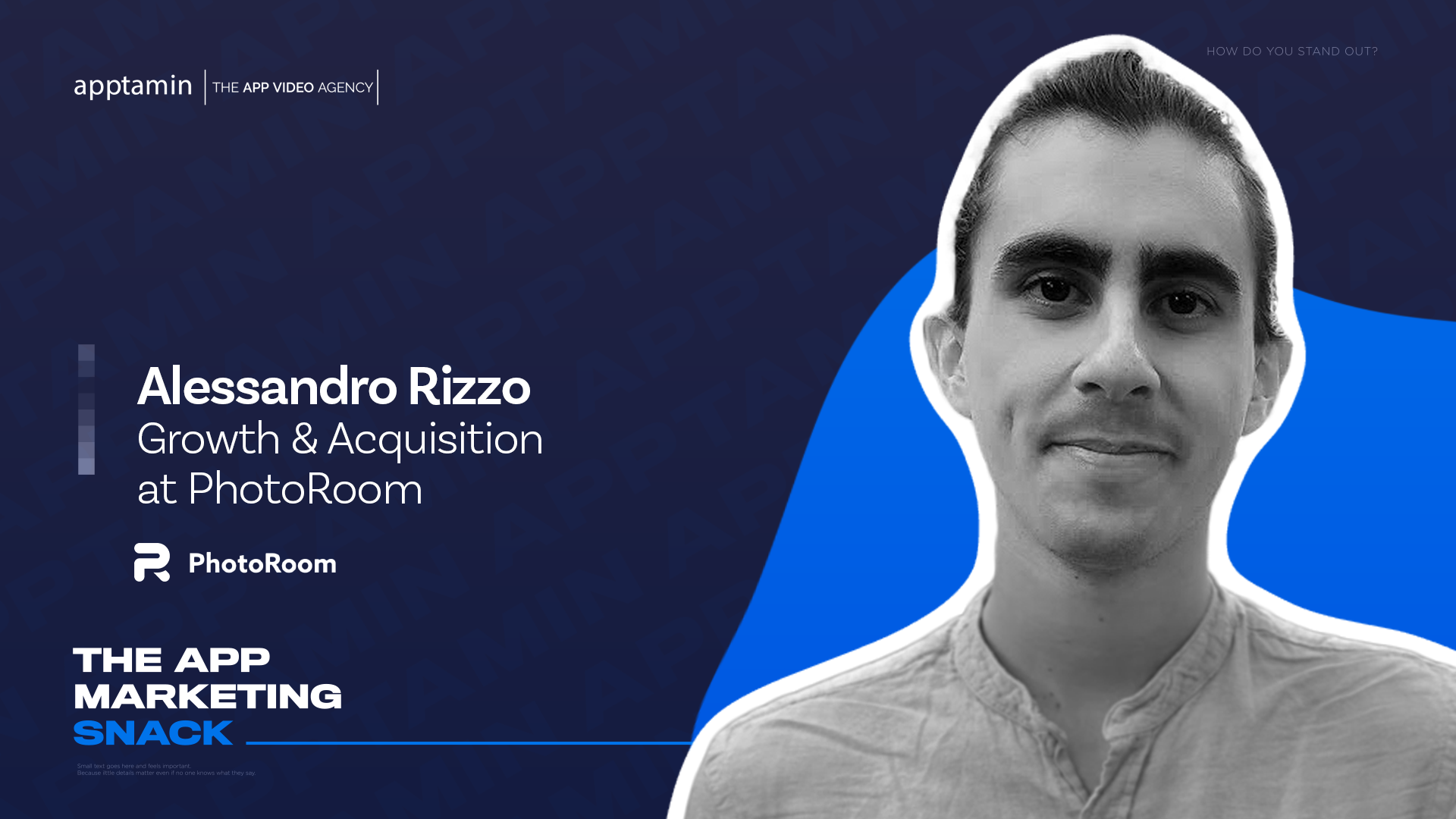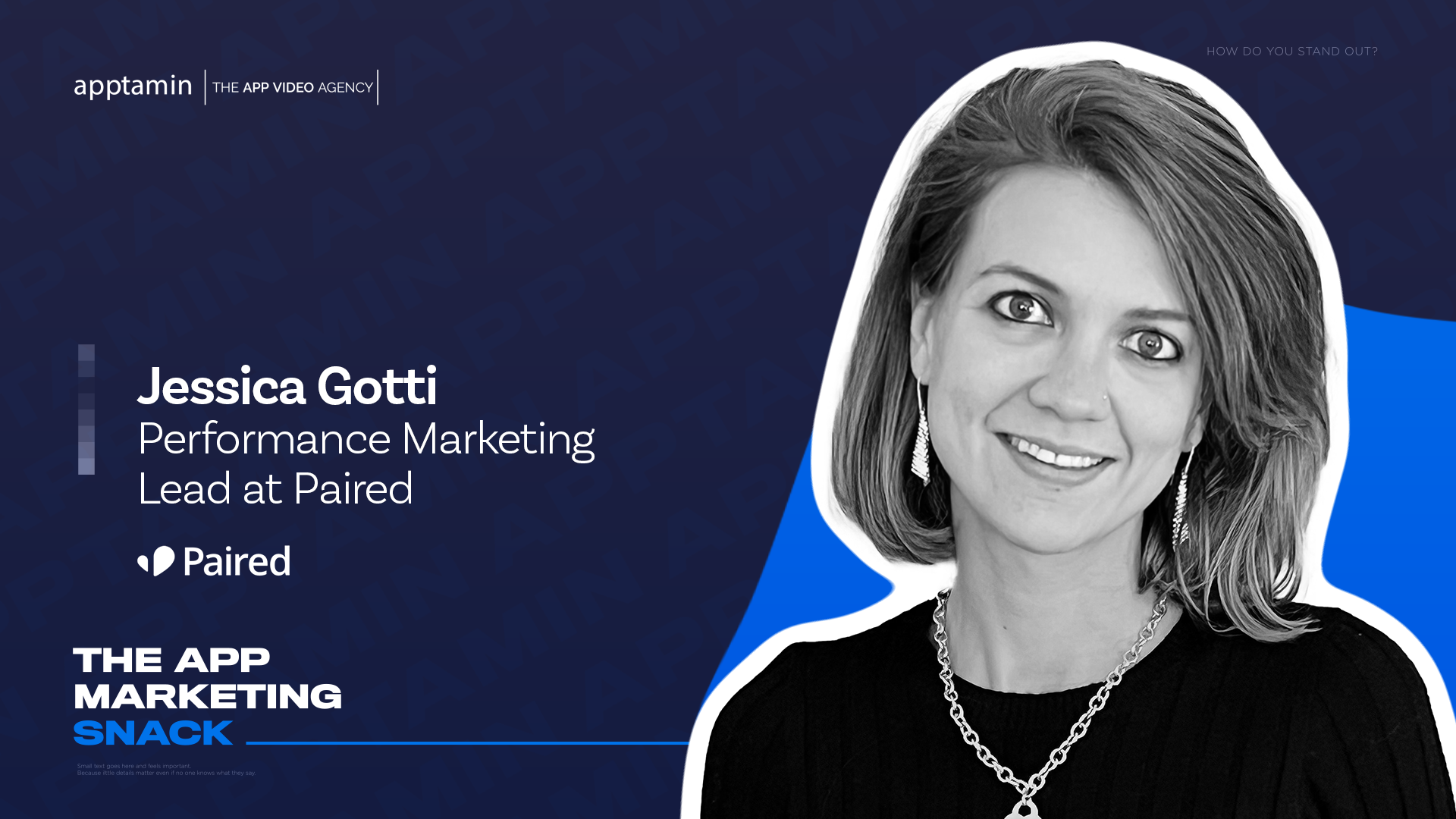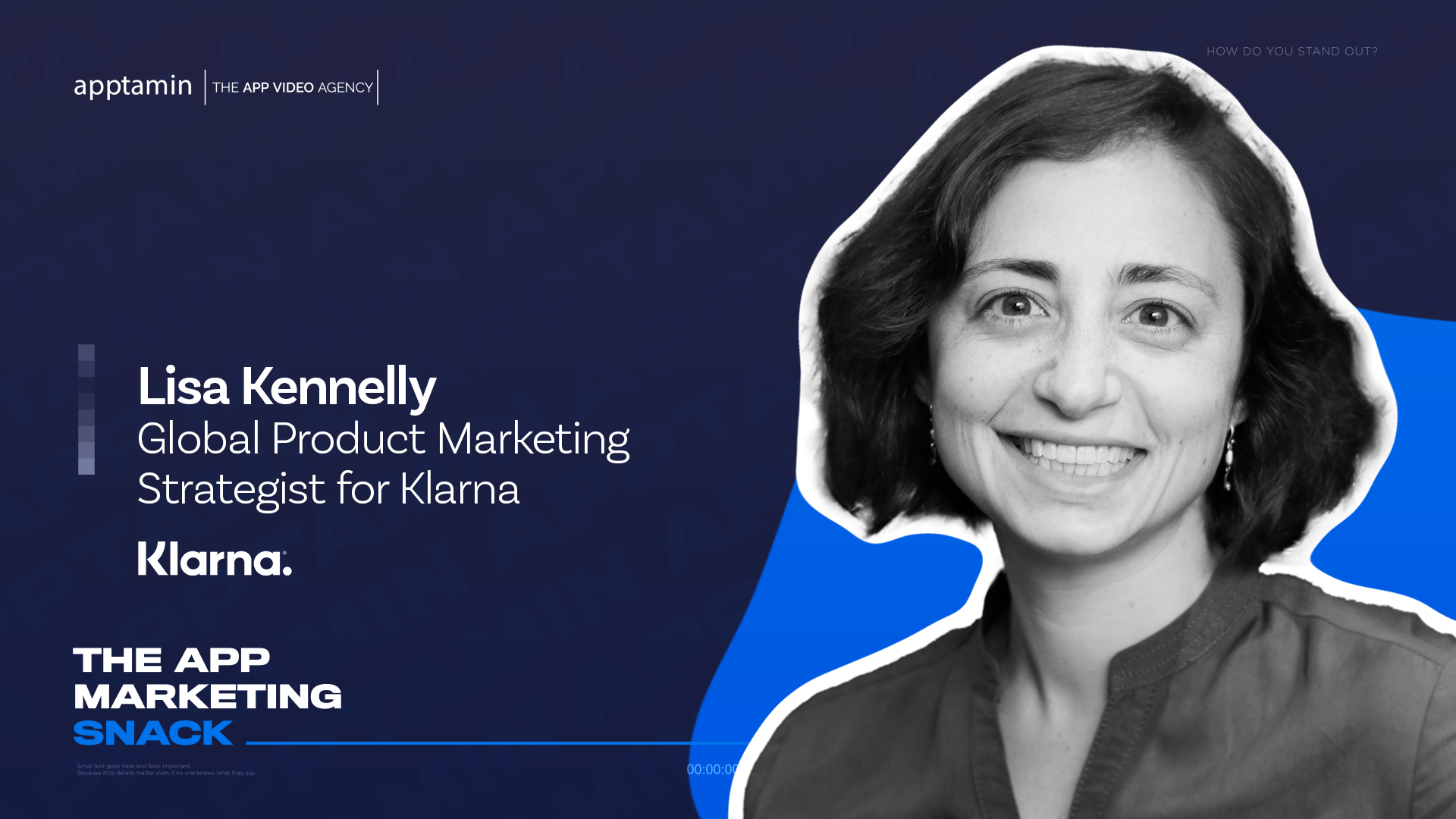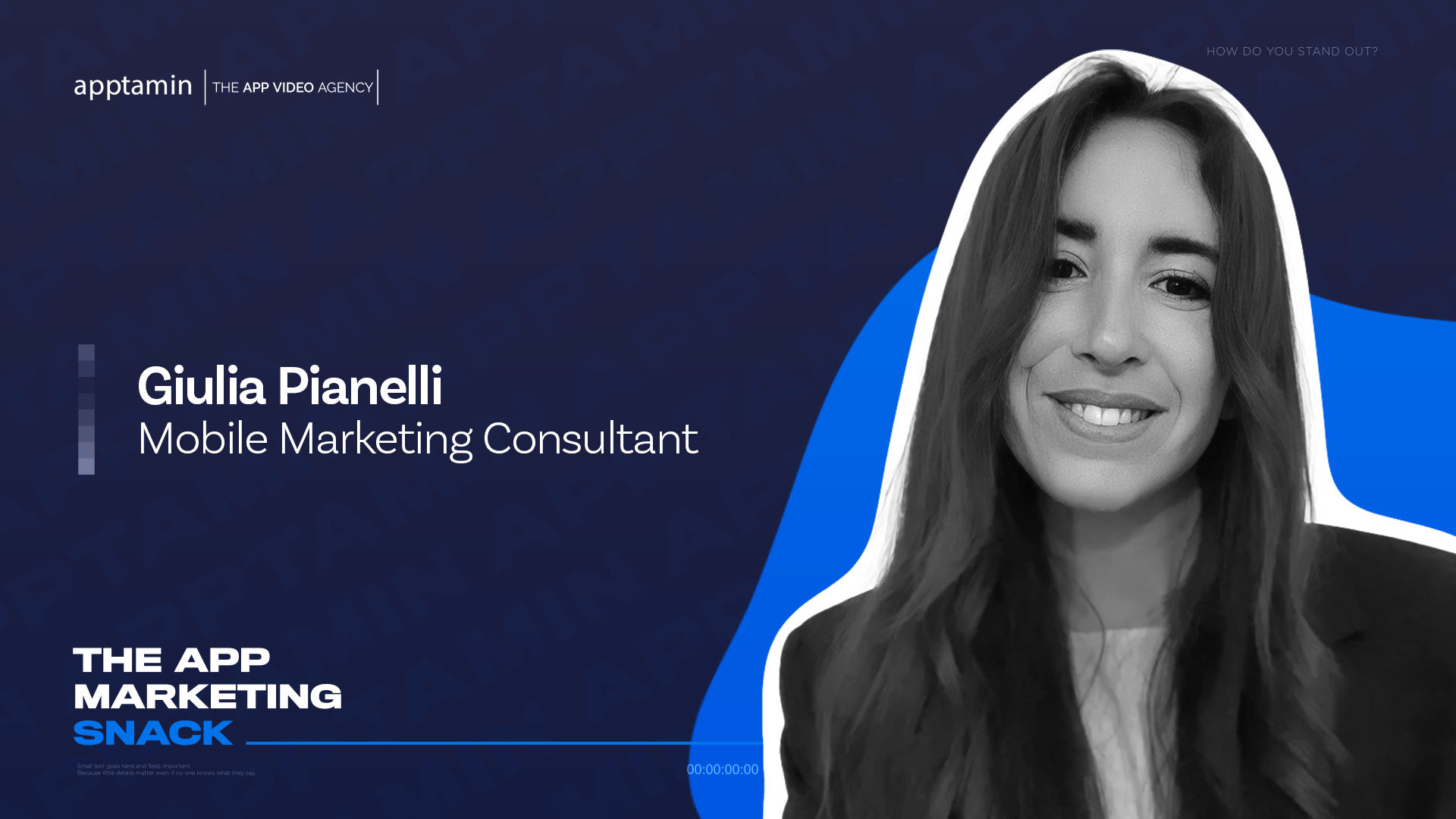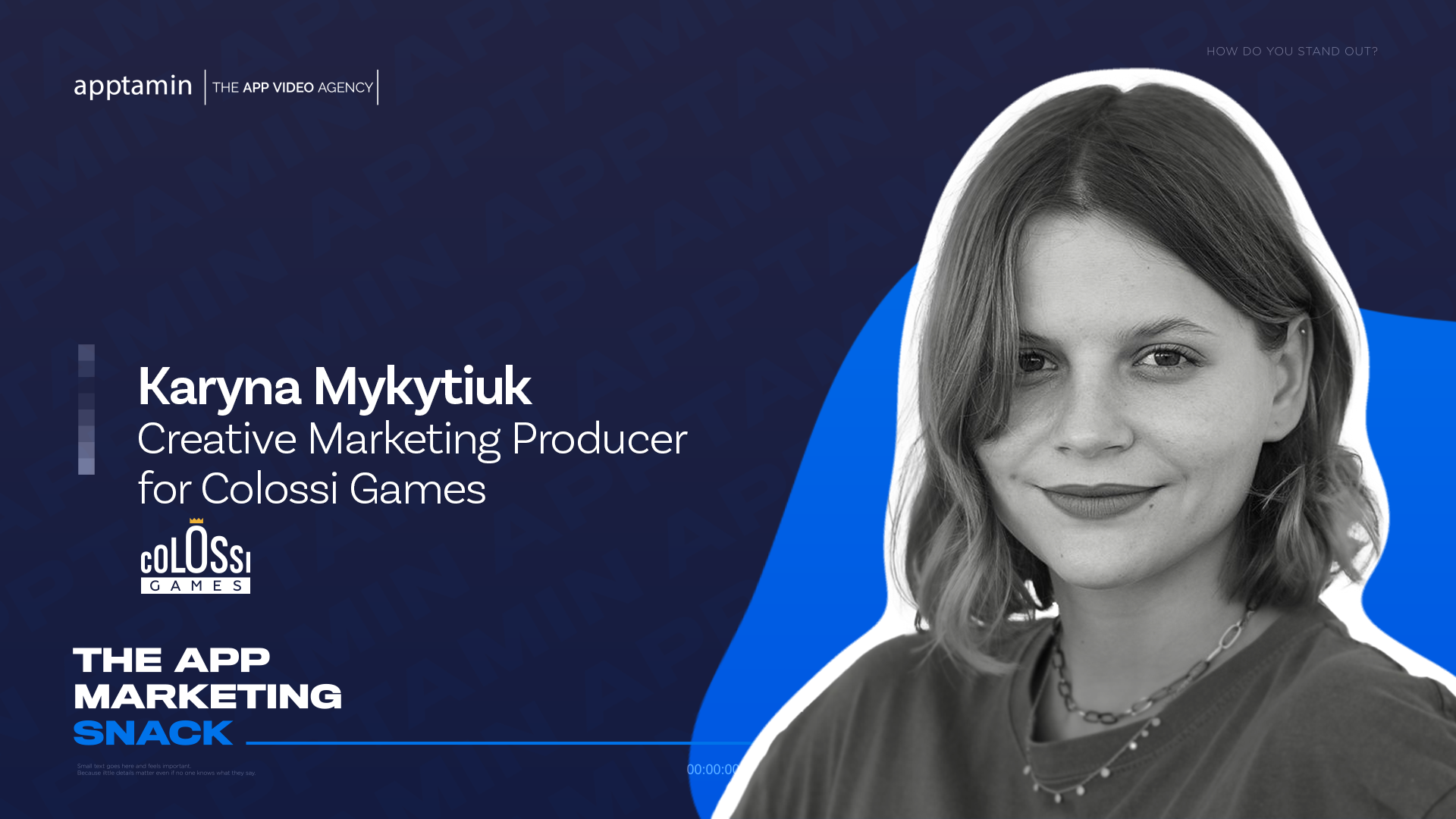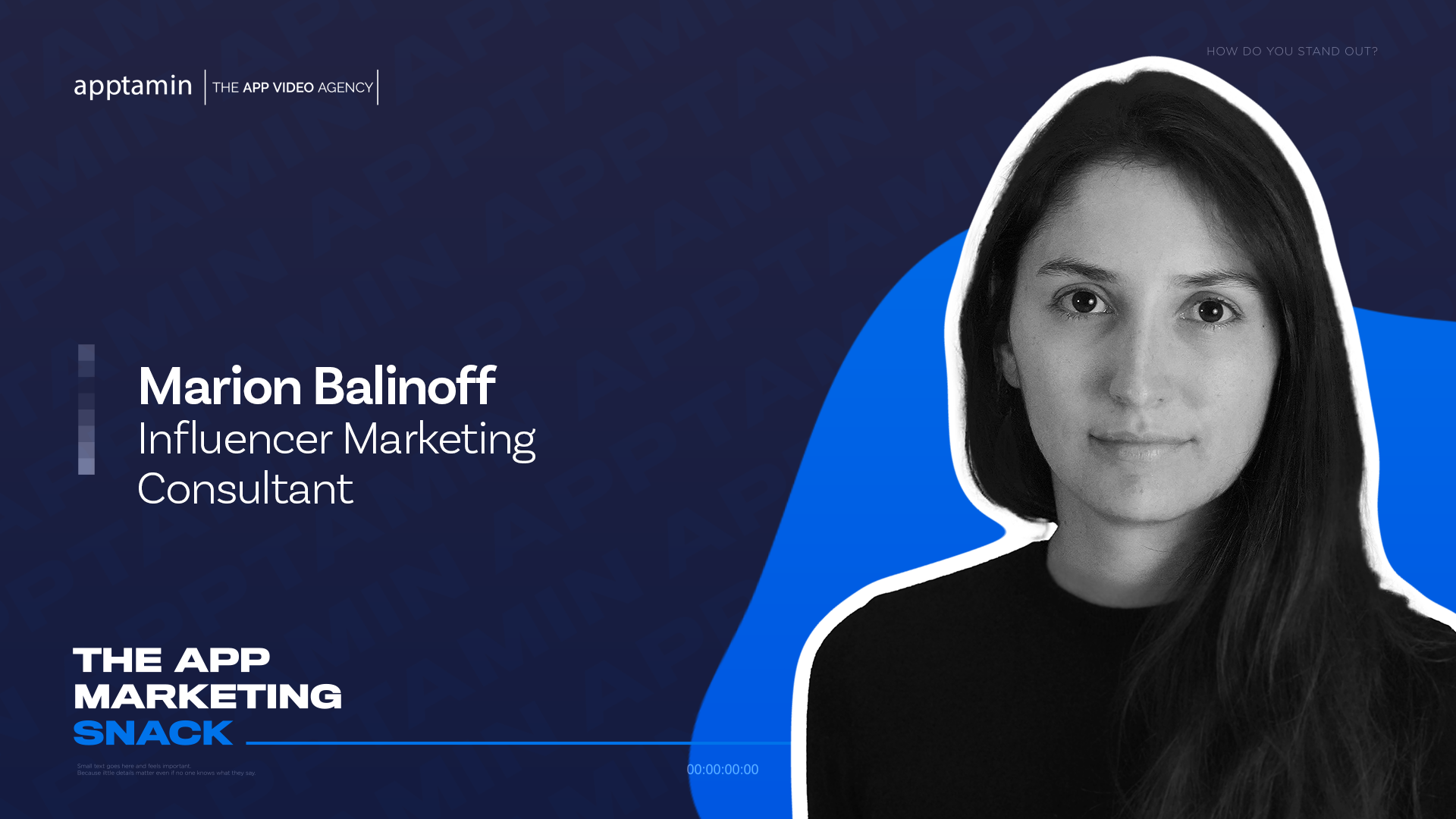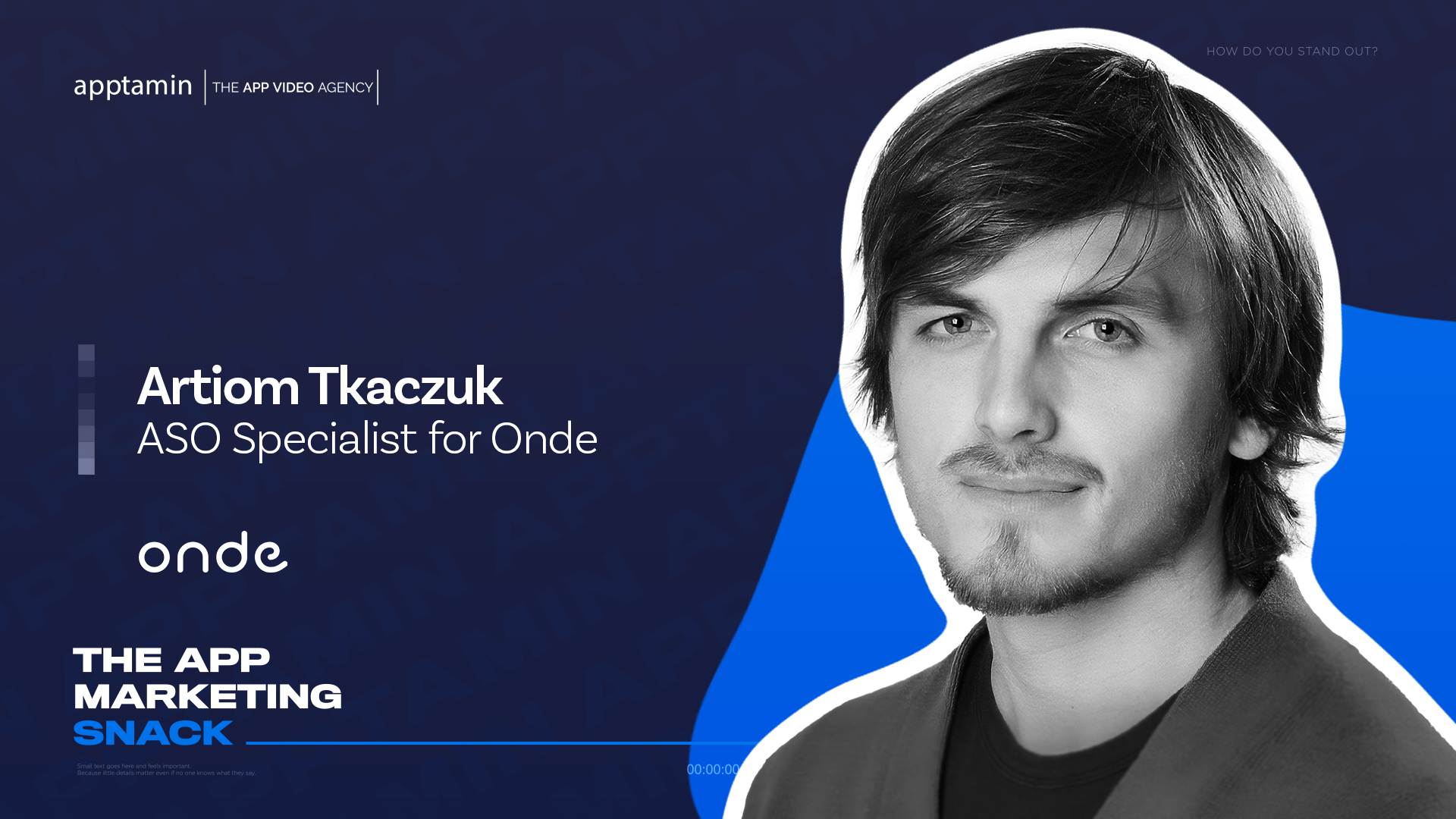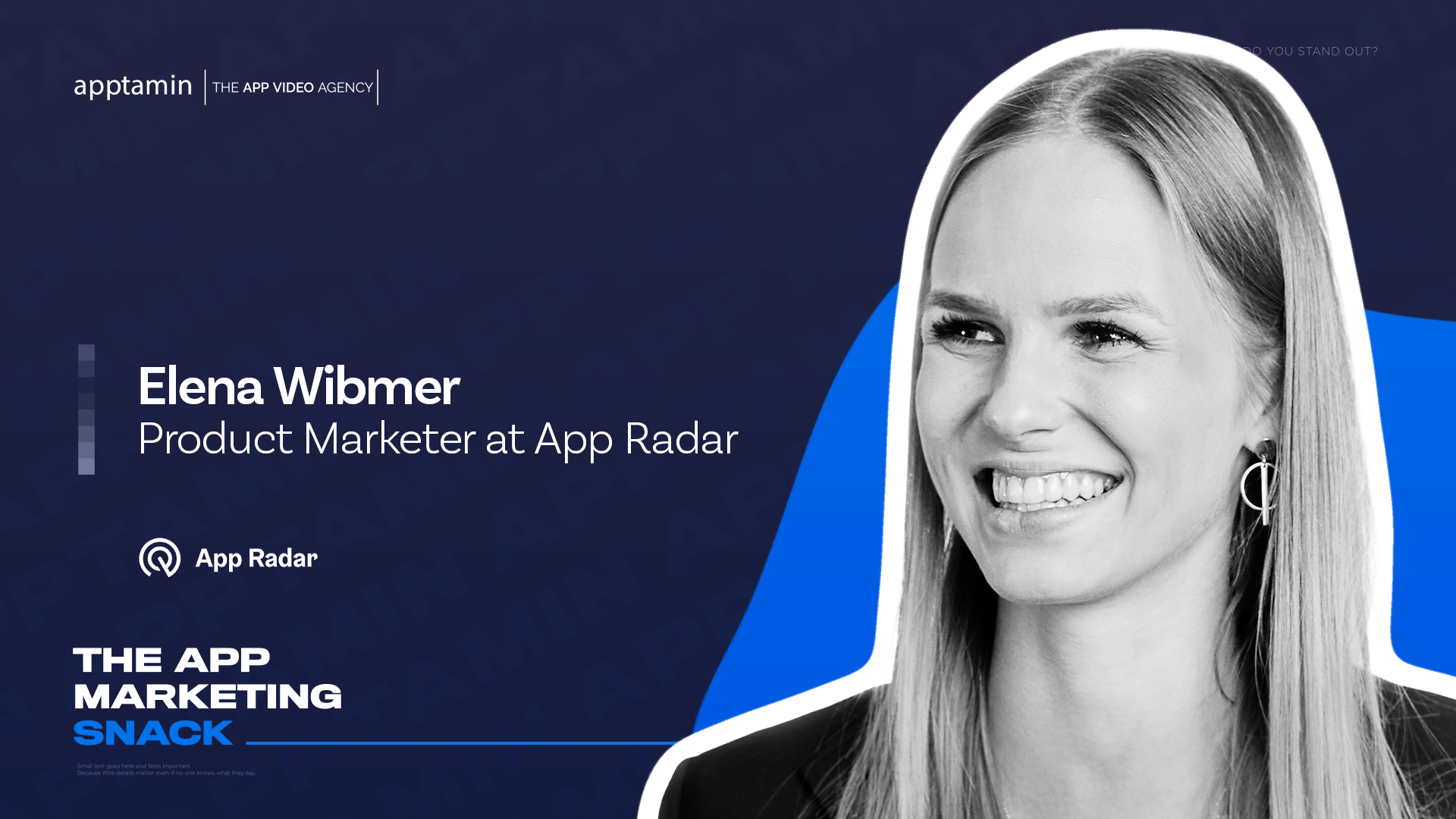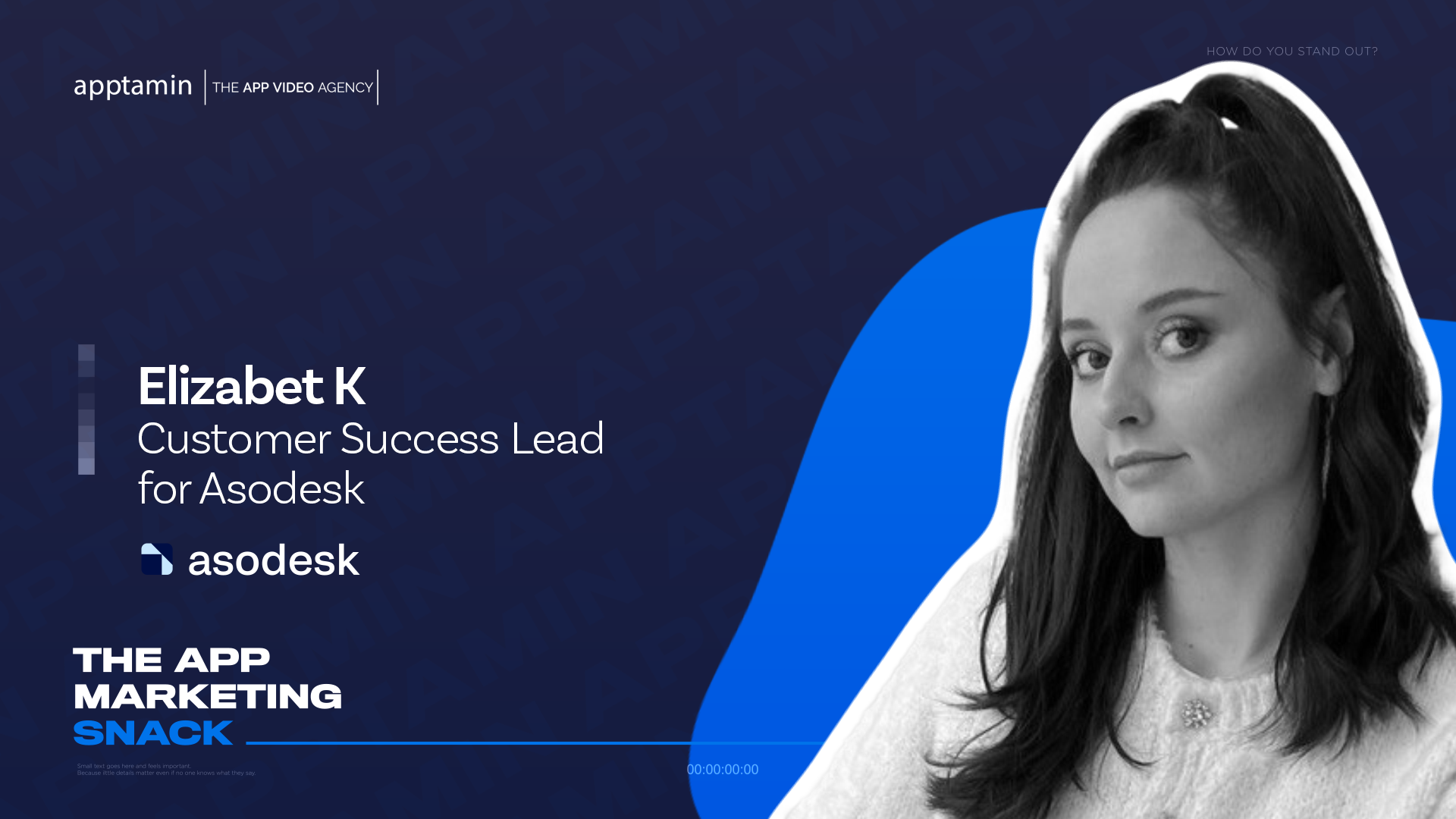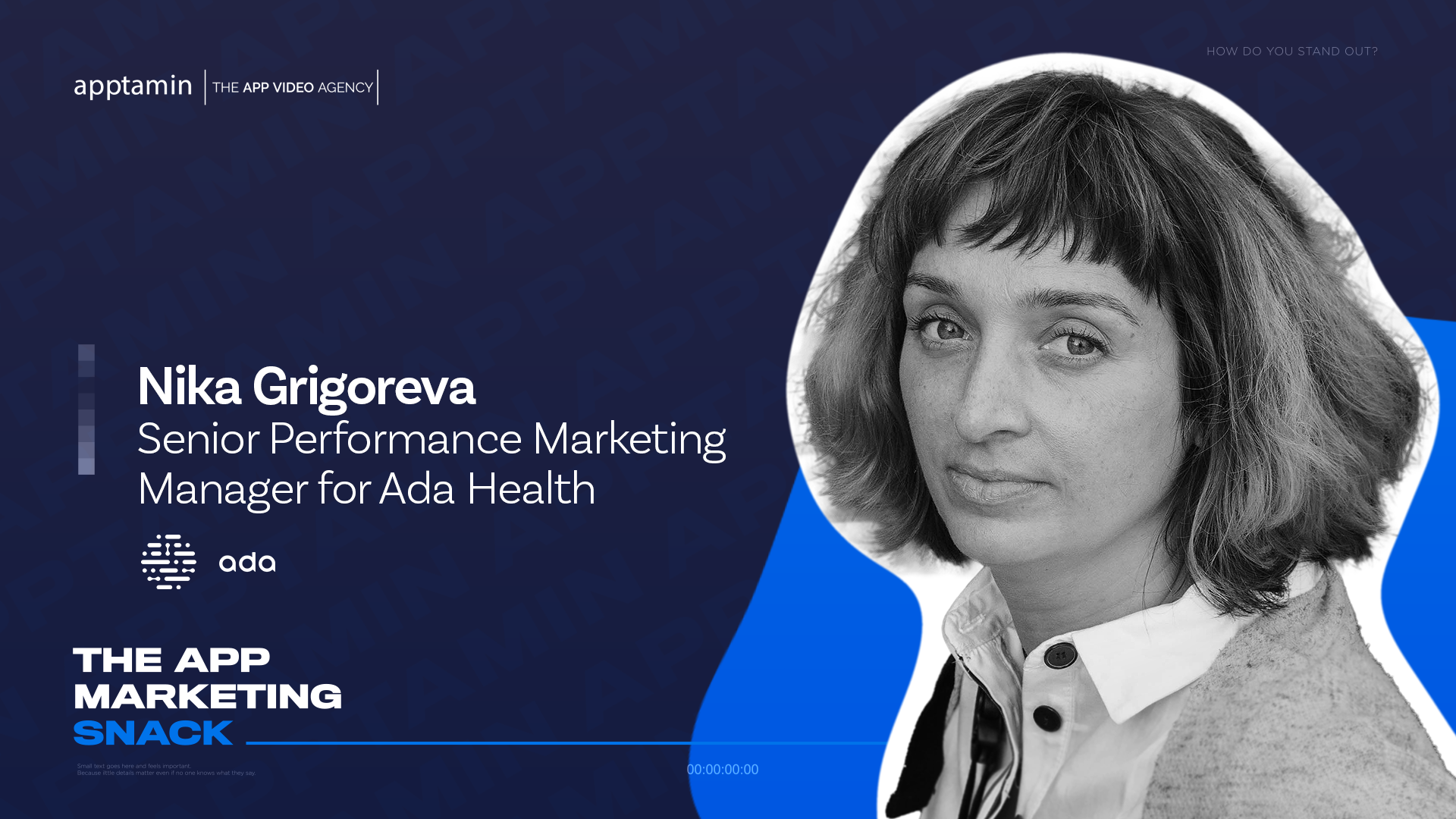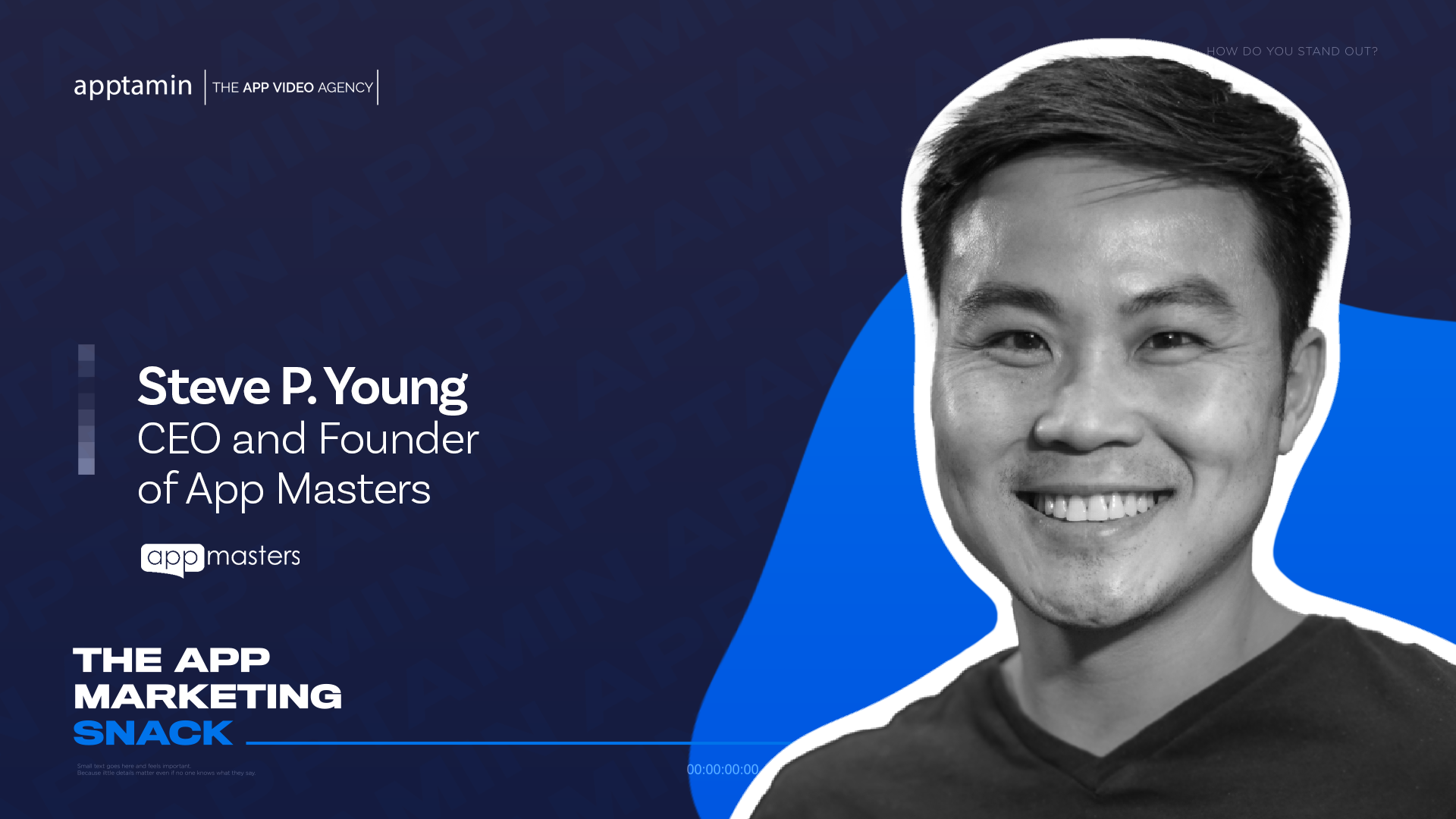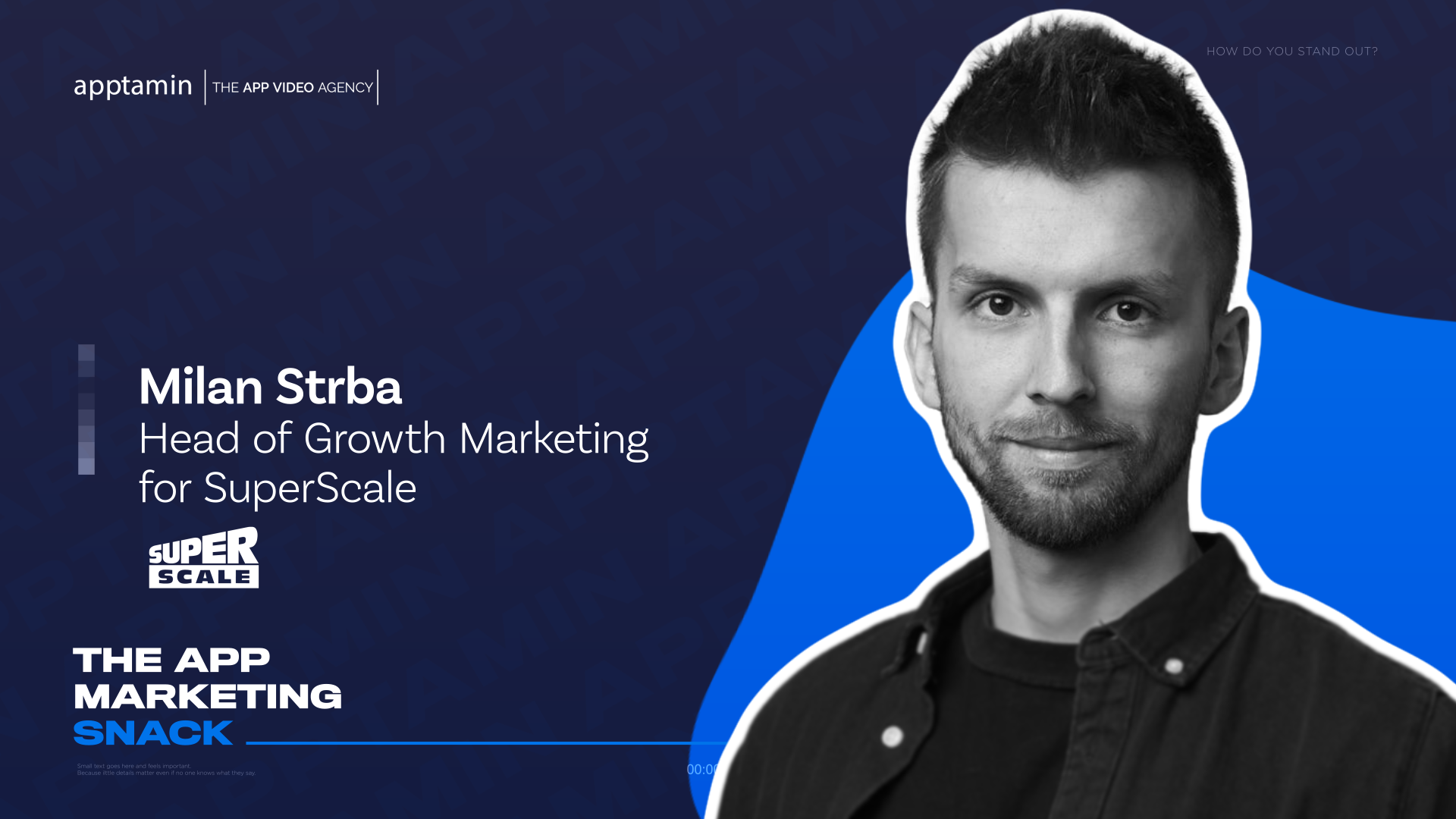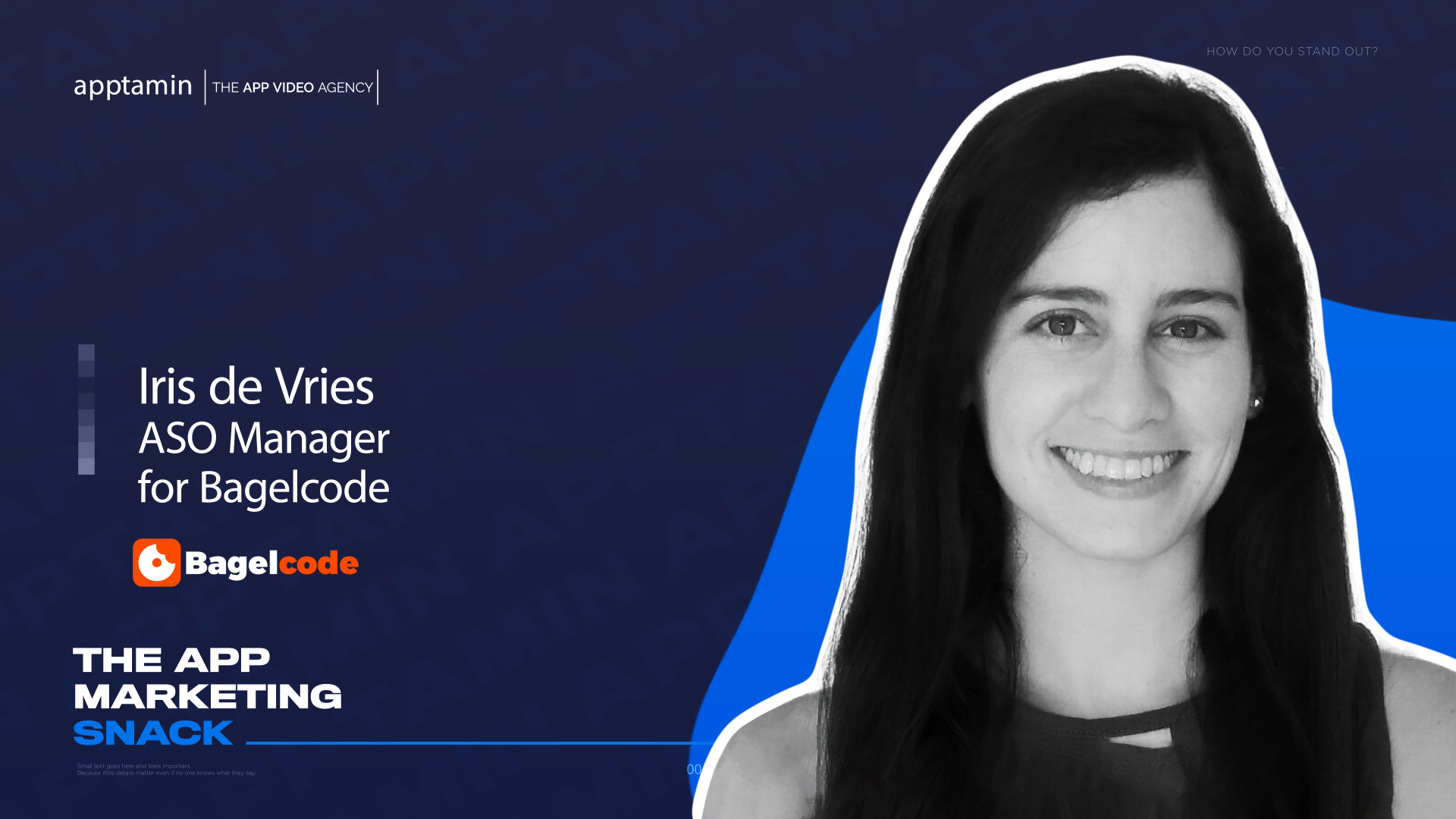The App Marketing Snack with Simon Thillay, Head of ASO at AppTweak ⎮ Episode 6
Interview
October 13, 2022
Let’s talk about the secrets to ASO with this episode’s guest: Simon Thillay from AppTweak. He shares his best tips with us and what he learned through some challenging ASO experiences.
Below is the full transcript of the video above.
My name is Simon Thillay, I’m a French growth marketer initially and I’m now the Head of App Store Optimization at AppTweak.
What’s one thing everyone should know about ASO?
Even if you think you’re not doing it you’re probably doing it and you need to understand if you’re doing it wrong. ASO in the end is just about having the best visibility and the best conversion of your traffic with your app store page and since pretty much anyone who downloads an app needs to do it via the App Store or the Play Store today, you have to take care of it. It’s just going to benefit any type of marketing effort you’re doing.
What are your top 3 ASO tips?
Number 1: dive into the metrics that are available and understand what they mean.
Number 2: have ASO be part of the overall growth strategy. ASO works well when it’s made in coordination with other efforts and ASO is what connects whatever you may be doing prior to people arriving on the store with the people who are actually going to become your users.
And tip number 3 is never take it for granted. Still today I know that companies don’t necessarily have a lot of time to invest on ASO and some of them prefer saying “ok we’re going to invest time once and do it well” without realizing that 6 months from now it’s very likely Apple or Google will have changed their algorithm or introduced new features and suddenly you’re not ranking as well as you used to.
Tell us about your most challenging ASO experience
One I definitely remember has been working with a very popular game who wanted some help to localize their screenshots in Japan. And that was a very daunting task because we only had one month to do a proper research, craft wireframes, get approval, go into the full design phase and start testing. Not just translating the screenshots but really adapting them to the design codes and practices of the Japanese market. And learning so much with design codes that are very different from Western markets, much more cluttered screenshots for instance with three, four, five different layers on one screenshot. And having to learn all, to kind of get rid of our preconception of what is good design. It was an intense experience but also something we really enjoyed.
- Mobile Video Monthly #38 – November 2023 - 5 December 2023
- Disturbing ads, a new trend for mobile gaming creatives? - 28 November 2023
- The Power of Holiday Marketing in Boosting Mobile Game Engagement - 21 November 2023

